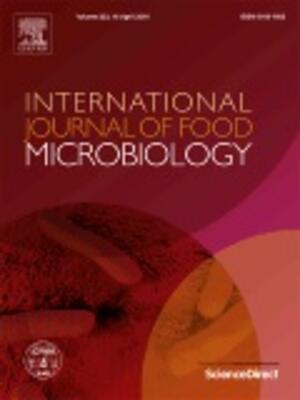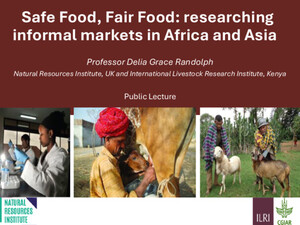
The Efficacy of the Mazzican for milking, transportation and improving bacteriological quality of milk in the smallholder dairy value chain in Tanzania
Abstract
Milk handling and equipments used have a profound influence on the bacteriological quality of milk. In smallholder milk production systems plastic jerry cans are commonly used and compromise the milk quality. The study was conducted in August and September 2016 to assess the Efficacy of the Mazzican for Milking, Transportation and Improving Bacteriological Quality of Milk in the Smallholder Dairy Value Chain in Tanzania. A total of 38 jerry cans and 45 Meziccan milk samples were taken from farmers who sell their milk to the identified traders. Milk samples from the 14 farmers were collected for two weeks each before (Jerry cans) and after being provided with Mazzicans. During the preliminary period milk samples were taken directly from jerry cans and farmers were asked to report observed cases of cows with signs of abnormal milk. A higher total plate count was observed in milk samples taken from the smallholder dairy farmers’ jerry cans (1.19 x 106 cfu/ml) than traditional pastoralists jerry cans (4 x 105 cfu/ml), and Mazzican for smallholder farmer (3.6 x 105 cfu/ml). A similar trend was observed when farmers used Mazzicans. This implies that traditional farmers in the study areas generally produced milk of better bacteriological quality than smallholder dairy farmers. There was a 76.3% reduction in the TPC of raw milk from the pastoralist farmers as a result of switching to the use of Mazzicans. The improvement in the total plate count of milk was lower (69.5%) among the smallholder farmers but much less (42.3%) with respect to TCC/ml. It is concluded that use of food grade vessels such as Mazzican is more appropriate for hygienic handling of milk.
Citation
Kurwijila, R.L., Mboya, N., Laizer, M. and Omore, A. 2019. The Efficacy of the Mazzican for milking, transportation and improving bacteriological quality of milk in the smallholder dairy value chain in Tanzania. Paper presented at the Seventh All Africa conference on Animal Agriculture, Accra, Ghana, 29 July-2 August 2019.









